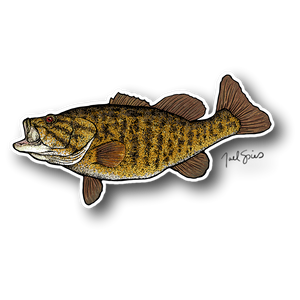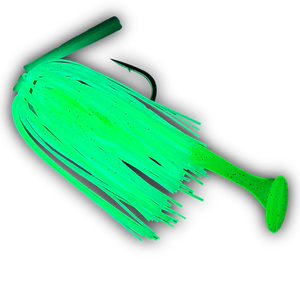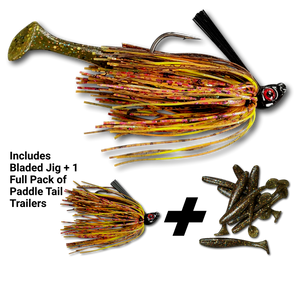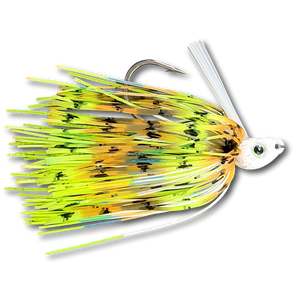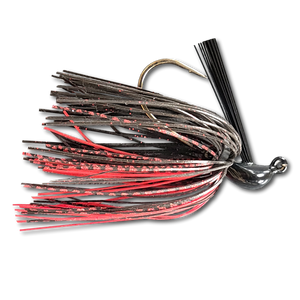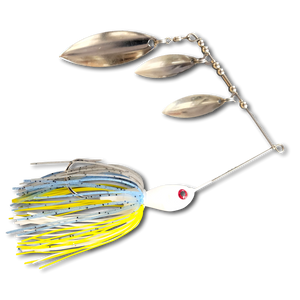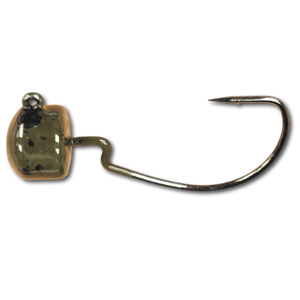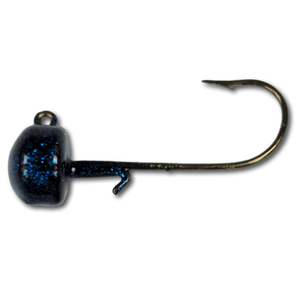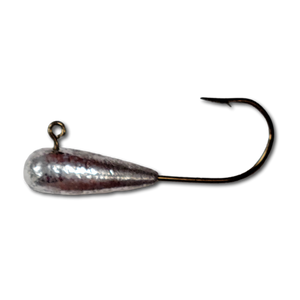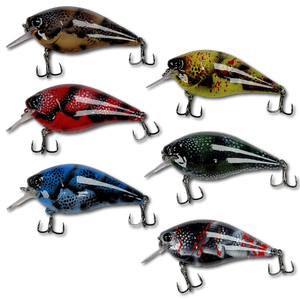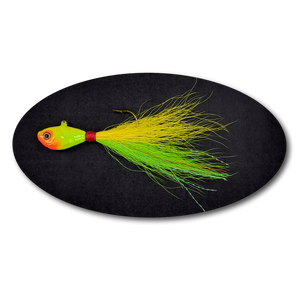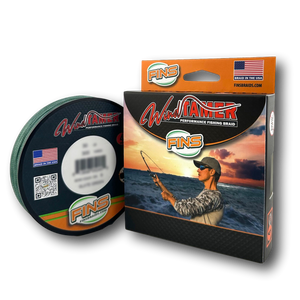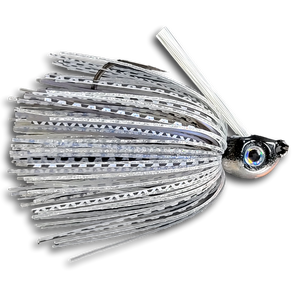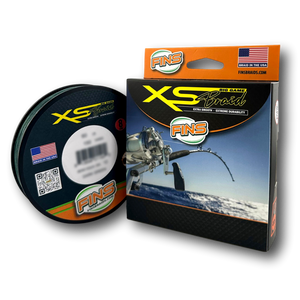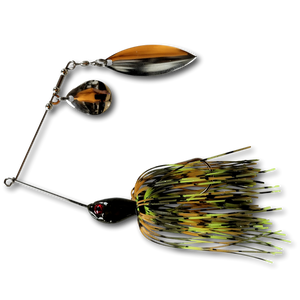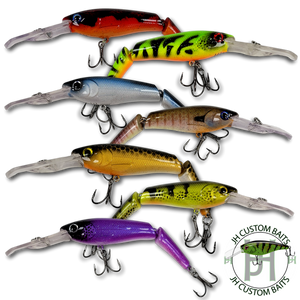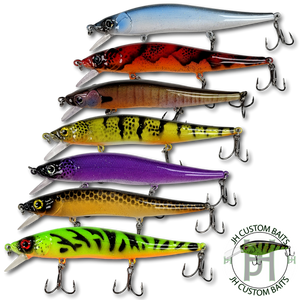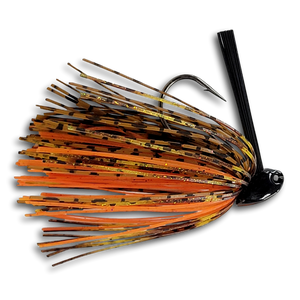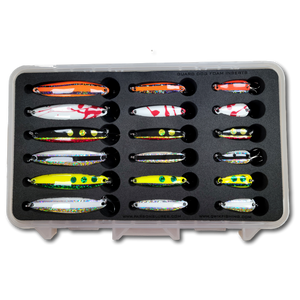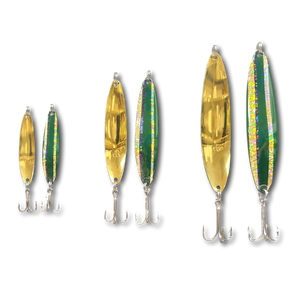Bass fishing is a cornerstone of freshwater angling, and understanding the different types of bass will make you a better, more confident angler. The Largemouth Bass is the most common and widely pursued species, recognizable by its large mouth that extends past the eye. They prefer warmer, slow-moving waters like lakes, ponds, and rivers where vegetation, docks, and fallen logs provide cover. Largemouth are ambush predators, making soft plastics like worms and craws, crankbaits, and topwater frogs ideal choices.
The Smallmouth Bass offers an entirely different challenge. Known for their bronze coloring and vertical bars, they thrive in cooler, clearer water with rocky structure, like rivers, streams, and northern lakes. Smallmouth are voracious fighters that love baitfish and crayfish, so finesse presentations like jerkbaits, tube jigs, and drop shots work well when targeting them. Meanwhile, Spotted Bass, often mistaken for Largemouth, favor clear water reservoirs and deeper structure. They respond well to moving baits like swimbaits, shaky heads, and deep-running crankbaits. Other regional bass species include Guadalupe Bass in Texas and Shoal Bass in Florida and Georgia.
When it comes to baits and rigging, soft plastics reign supreme for versatility. Techniques like the Texas Rig allow you to work through heavy cover without snagging, while Carolina rigs excel in deeper waters with a slow, dragging motion. The Ned Rig is perfect for finesse fishing in clear water when bass are picky. Hard baits such as crankbaits and jerkbaits are excellent for mimicking baitfish, while topwaters like frogs, poppers, and buzzbaits shine during early mornings and evenings when bass are surface feeding. Jigs, including football jigs for rocks and flipping jigs for grass and wood, are a must for structure fishing. Spinnerbaits and chatterbaits are go-to options when you need to cover water quickly and find active fish.
The best time to fish for bass often depends on the time of day and season. Early mornings and late evenings are ideal for topwater presentations as bass move into shallow waters to feed. During midday, especially in the heat of summer, bass tend to move deeper or into shaded cover, requiring slower presentations like jigs or Texas-rigged worms. Seasonally, spring is prime time as bass move into shallow water to spawn, making creature baits and lizards irresistible around bedding areas. In summer, focus on deep water during the heat of the day, switching to shallow cover early or late. Fall is all about chasing baitfish, with crankbaits, spinnerbaits, and lipless cranks being perfect tools to imitate shad. Winter fishing slows down considerably, requiring patience and slow-moving baits like jigs, jerkbaits, and finesse rigs in deeper water.
Bass are found throughout the continental United States, thriving in lakes, rivers, and reservoirs. Largemouth hotspots include southern lakes like Lake Okeechobee, Toledo Bend, and Sam Rayburn. Smallmouth fishing is legendary in northern waters, such as the Great Lakes, Tennessee River systems, and rocky rivers. Spotted Bass dominate deep, clear reservoirs in the Southeast, including Lake Lanier and Bull Shoals. Wherever you’re located, look for structure like fallen logs, docks, grass mats, ledges, and rocky points—bass rarely stray far from a hiding spot.
Though bass are often released due to their value as a sportfish, they are perfectly edible, especially smaller ones under two pounds. If you’re looking for a simple and delicious meal, try this recipe:
Lemon Garlic Bass Fillets
- Ingredients: 4 bass fillets, 2 tablespoons olive oil, 1 lemon, 2 garlic cloves, salt, pepper, and parsley.
- Directions:
- Season fillets with salt, pepper, and minced garlic.
- Heat olive oil in a skillet. Add fillets and cook for 3-4 minutes per side.
- Squeeze fresh lemon juice and garnish with parsley. Serve with roasted potatoes or salad.
Presenting baits to bass comes down to observation and adapting to their behavior. Slow and natural presentations, such as drop-shotting or weightless plastics, excel when the water is calm and clear, or the fish are less active. In contrast, reaction strikes can be triggered with fast-moving lures like crankbaits, chatterbaits, or topwaters—perfect for aggressive fish in stained water or during active feeding times. Structure fishing is a key skill for targeting bass, as they relate heavily to cover like grass mats, submerged logs, and docks. This is where flipping jigs or Texas rigs come into play. If you’re fishing open water and bass are suspended, deep-diving crankbaits, jerkbaits, and swimbaits are your best bets for getting their attention.
In the end, bass fishing is about reading the conditions, experimenting with baits, and learning how these incredible fish behave in different seasons, locations, and water types. Whether you’re a weekend angler looking to land your first Largemouth or a seasoned pro chasing trophy fish, bass fishing has endless opportunities to grow, learn, and—most importantly—enjoy the adventure. So grab your rod, tie on your favorite lure, and get ready to hook into your next big bass.
Qwik Catches!









